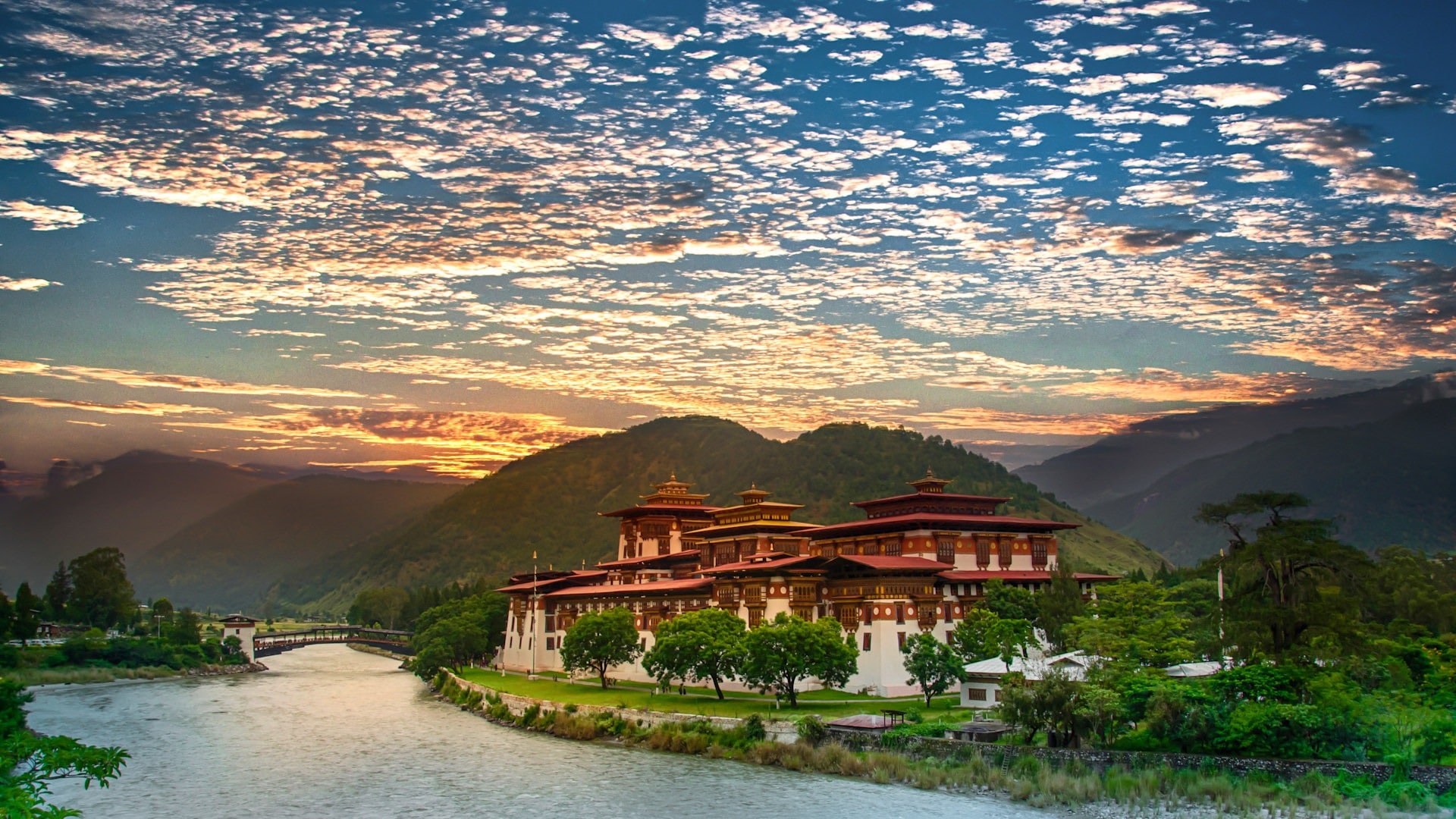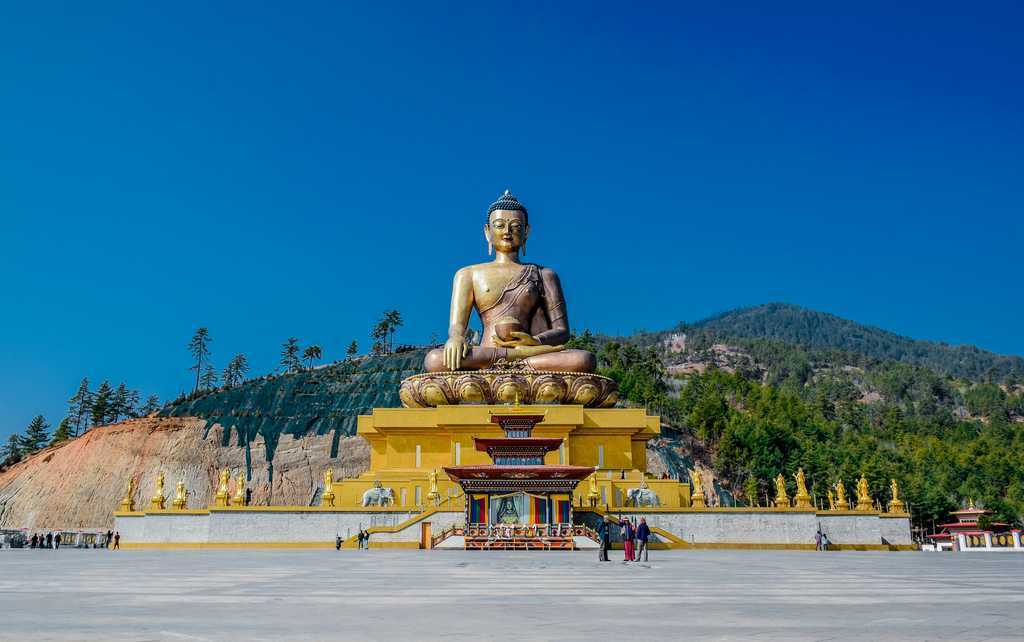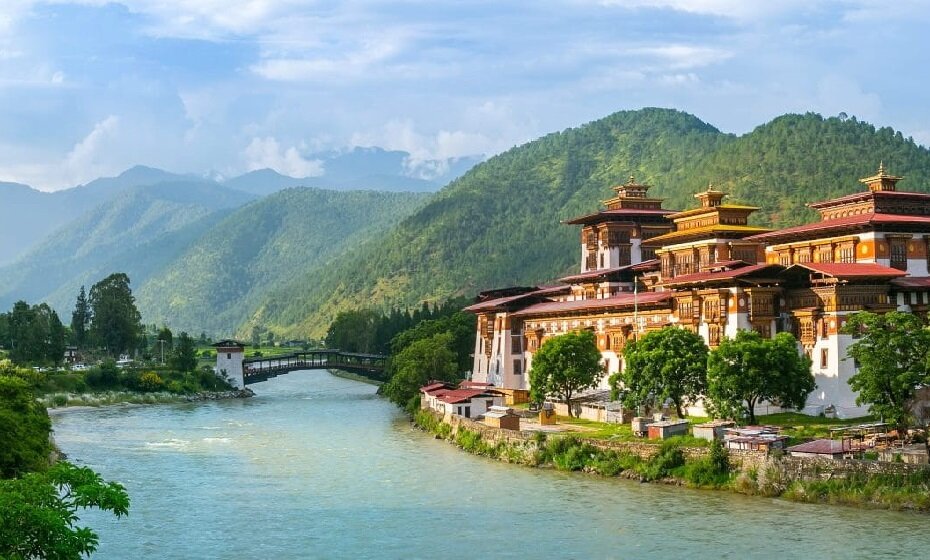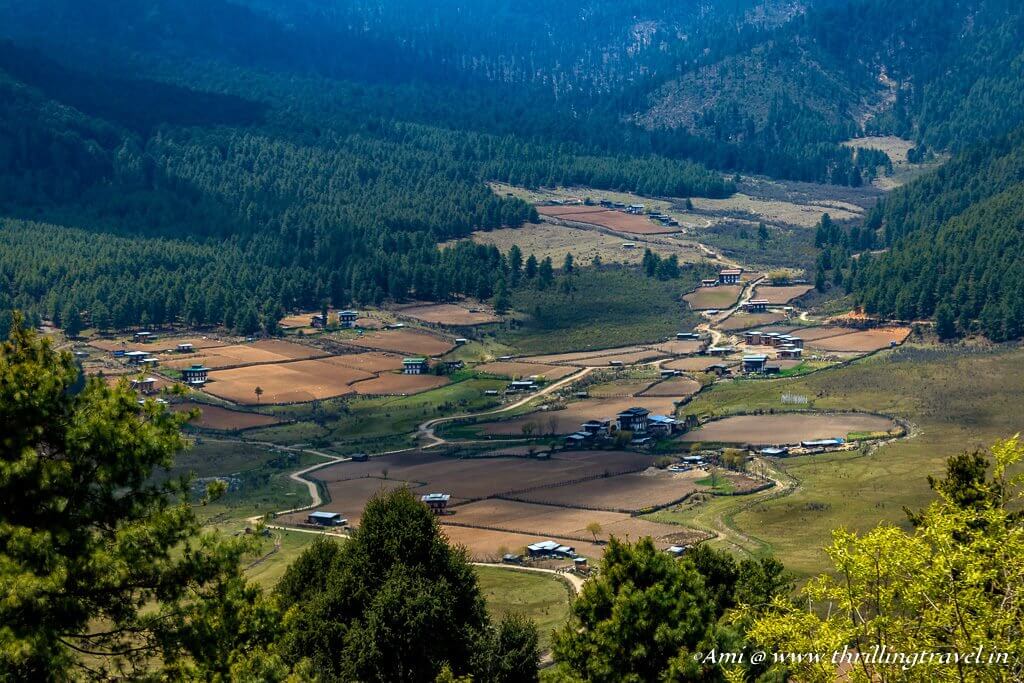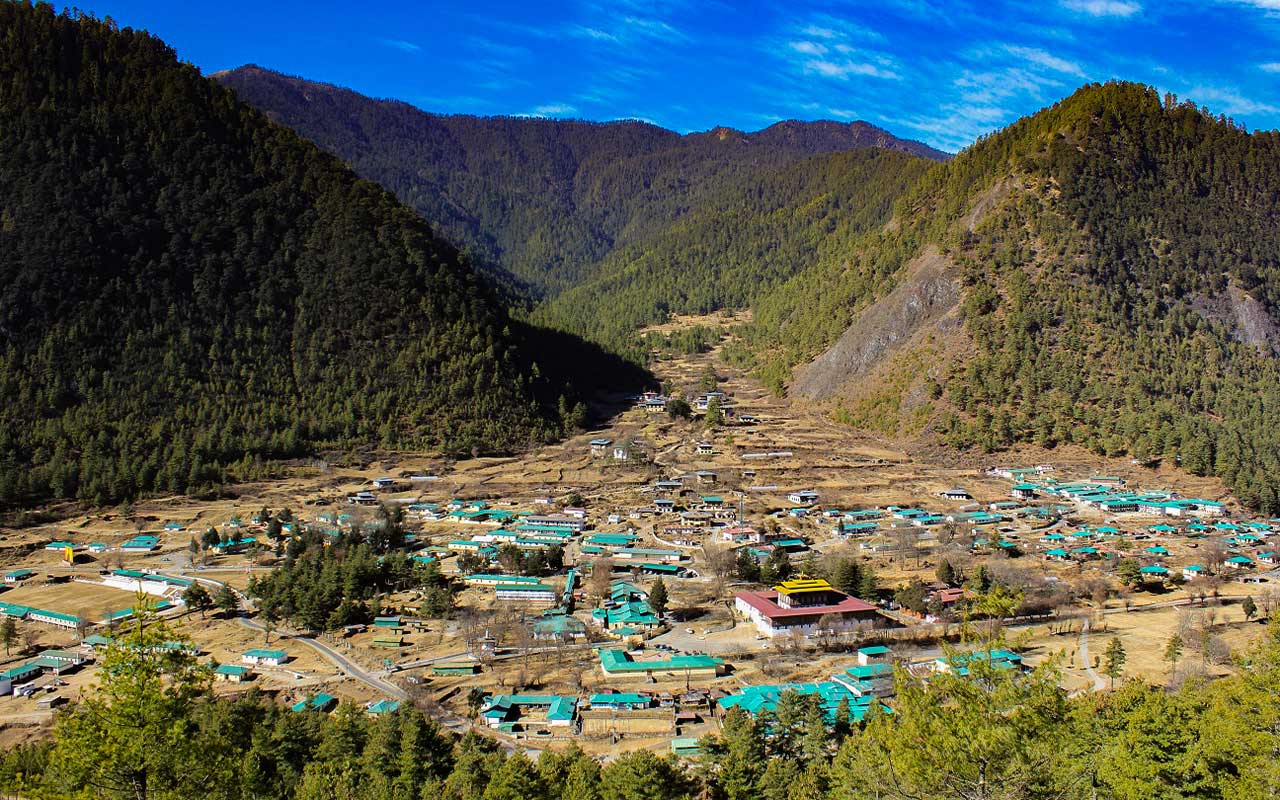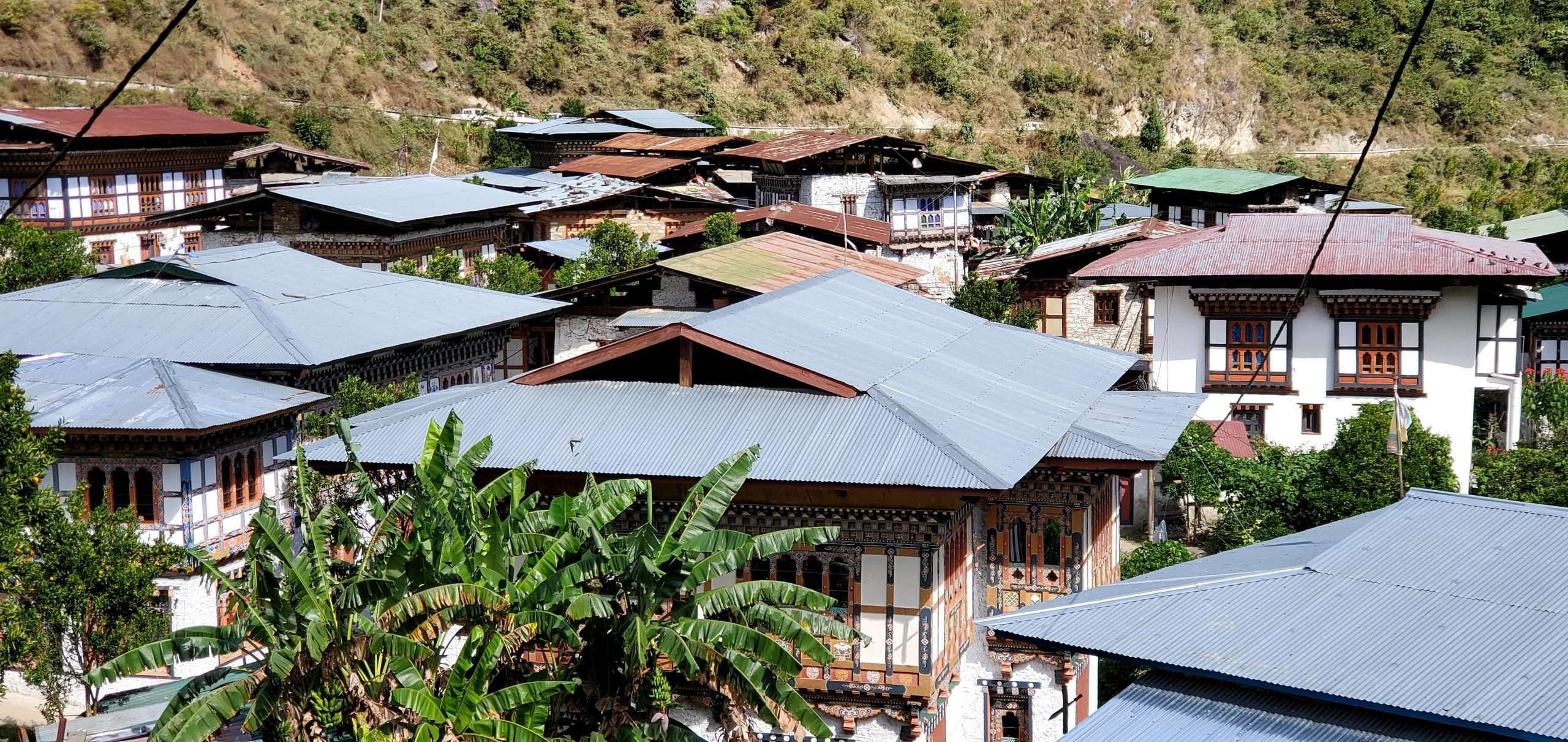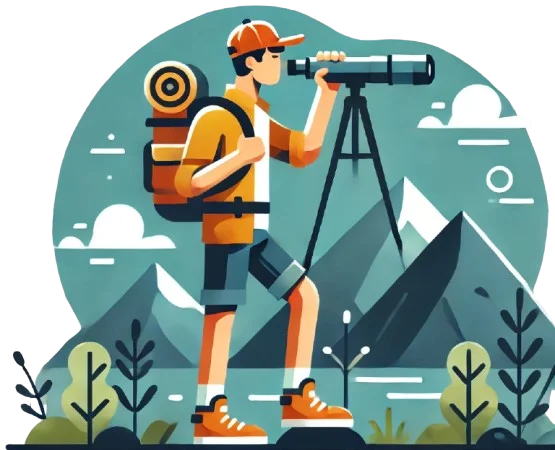Bumthang Sightseeing Places
Bumthang, often referred to as the "spiritual heart" of Bhutan, is a region rich in history, culture, and natural beauty. Located in the central part of the country, Bumthang is known for its stunning landscapes, including vast valleys, rolling hills, and traditional villages. The area is home to some of Bhutan's most revered temples, monasteries, and sacred sites, making it a must-visit for those interested in exploring the cultural and spiritual heritage of Bhutan.
One of the most significant attractions in Bumthang ...
is the Jambay Lhakhang, one of the oldest temples in Bhutan, believed to have been built in the 7th century by the Tibetan king, Songtsen Gampo. This temple is an important pilgrimage site and is especially famous for its Jambay Lhakhang Drup festival, which takes place in November and features traditional Bhutanese dances and ceremonies.
Another notable site is the Kurje Lhakhang, a sacred monastery where the Guru Rinpoche, one of Bhutan's most important spiritual figures, is said to have meditated in the 8th century. The monastery complex consists of several temples, and visitors can explore the beautiful surroundings while learning about Bhutan’s rich Buddhist traditions.
The Tamshing Lhakhang is another key site, known for its beautiful murals depicting the life of Guru Rinpoche and the teachings of the Nyingma school of Buddhism. This monastery is also famous for the Tamshing Tsechu festival, which offers a chance to experience Bhutanese culture and religion in an intimate setting.
For nature lovers, Bumthang offers scenic treks and hikes, including the Bumthang Owl Trek, which provides stunning views of the surrounding mountains, forests, and valleys. The region is also known for its production of Bhutanese cheese, honey, and apples, which visitors can sample and purchase at local markets.
Overall, Bumthang offers a unique combination of spiritual, historical, and natural attractions, making it a destination that truly captures the essence of Bhutan’s cultural and natural beauty.
Quick Navigation
1. Jambay Lhakhang
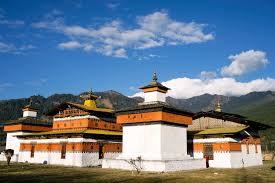 ( Jambay Lhakhang is the most visited sightseeing place in bhutan and mostly tourists must visit here )
( Jambay Lhakhang is the most visited sightseeing place in bhutan and mostly tourists must visit here )
Jambay Lhakhang Sightseeing
Jambay Lhakhang, one of the oldest and most revered temples in Bhutan, is located in the Bumthang Valley. Built in the 7th century by the Tibetan King Songtsen Gampo, Jambay Lhakhang holds immense historical and religious significance. It is part of a series of temples that were constructed by the king as a means to subdue the evil forces in the region.
The temple is dedicated to the Maitreya Buddha, and its architecture is a prime example of traditional Bhutanese design, with intricate carvings, vibrant prayer flags, and traditional paintings adorning the walls.The temple has a rich cultural history and is a focal point for locals and pilgrims who visit to seek blessings. One of the most important events at Jambay Lhakhang is the annual Jambay Lhakhang Drup, a sacred festival that attracts devotees from all over Bhutan.
2. Kurjey Lhakhang
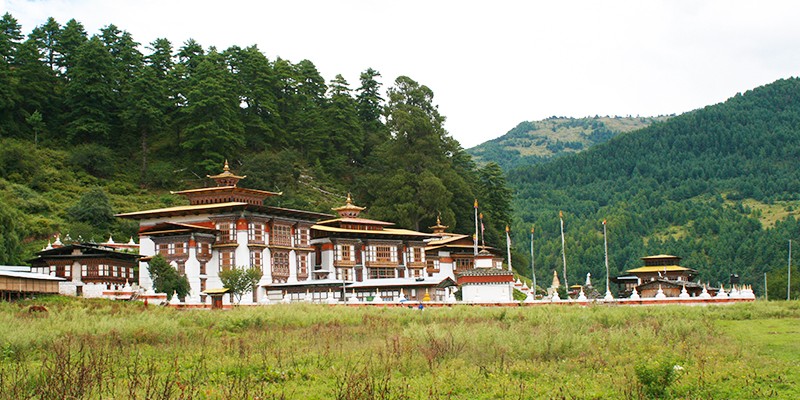 ( Kurjey Lhakhang is the most visited sightseeing place in bhutan and mostly tourists must visit here )
( Kurjey Lhakhang is the most visited sightseeing place in bhutan and mostly tourists must visit here )
Kurjey Lhakhang Sightseeing
Kurjey Lhakhang is one of the most important religious sites in Bhutan and holds a special place in the hearts of the Bhutanese people. Situated in the beautiful Bumthang Valley, the temple is known for its association with the sacred legend of Guru Rinpoche (Padmasambhava). According to legend, Guru Rinpoche meditated in a cave at Kurjey Lhakhang, where he left his imprint on the rock, and it is believed that his blessings still reside in this sacred place. The temple was built in the 17th century by the first king of Bhutan, Ugyen Wangchuck, and it consists of three main temples.
Each temple holds relics, statues, and sacred offerings, creating a deeply spiritual atmosphere for visitors.The most significant aspect of Kurjey Lhakhang is the sacred cave where Guru Rinpoche meditated, and it is still visible today. Pilgrims from across Bhutan visit Kurjey Lhakhang to pay homage and seek spiritual blessings.
3. Tamshing Lhakhang
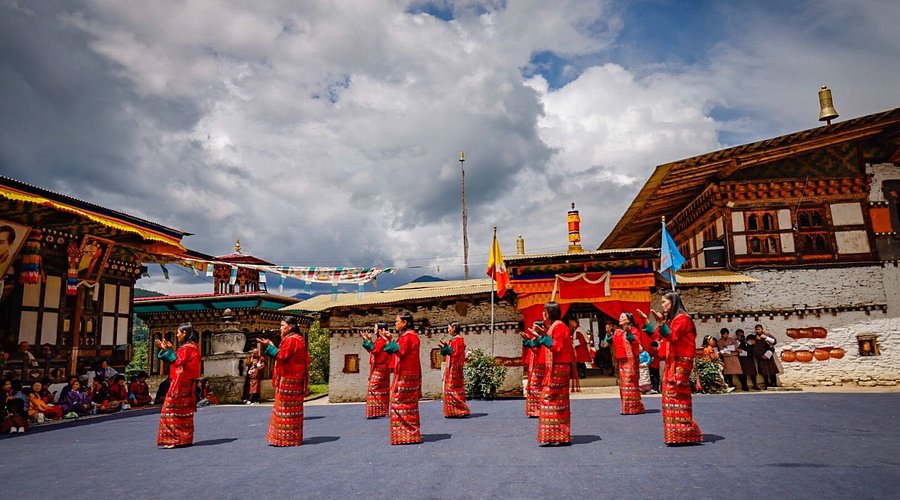 ( Tamshing Lhakhang is the most visited sightseeing place in bhutan and mostly tourists must visit here )
( Tamshing Lhakhang is the most visited sightseeing place in bhutan and mostly tourists must visit here )
Tamshing Lhakhang Sightseeing
Tamshing Lhakhang, located on the northern side of the Bumthang Valley, is another sacred and historical site in Bhutan. The temple was founded in 1501 by the great Buddhist master Pema Lingpa, who is revered for his contributions to the Nyingma school of Tibetan Buddhism. The name "Tamshing" means "Temple of the Good Message," and it is famous for its association with the teachings of Pema Lingpa, who was a direct descendant of Guru Rinpoche. Tamshing Lhakhang is one of the most important pilgrimage sites in Bhutan, and it is especially popular among those who follow the teachings of the Nyingma tradition.
The temple itself is a beautiful example of traditional Bhutanese architecture, with whitewashed walls, intricately carved wooden windows, and vibrant murals depicting the life of Guru Rinpoche. The interior of the temple is equally impressive, with religious artifacts, statues, and paintings that showcase the rich spiritual heritage of Bhutan. One of the highlights of Tamshing Lhakhang is its sacred thangka paintings, which depict the life and teachings of Guru Rinpoche, as well as other prominent Buddhist figures.
4. Jakar Dzong
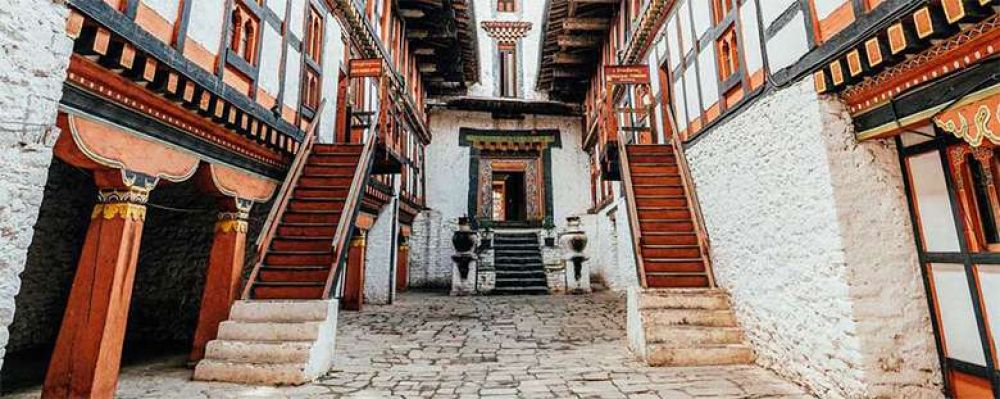 ( Jakar Dzong is the most visited sightseeing place in bhutan and mostly tourists must visit here )
( Jakar Dzong is the most visited sightseeing place in bhutan and mostly tourists must visit here )
Jakar Dzong Sightseeing
Jakar Dzong, also known as the "Castle of the White Bird," is one of the most iconic structures in the Bumthang Valley and is the administrative and religious center of the Bumthang District. The dzong was built in the 16th century by the famous Bhutanese lama Ngagi Wangchuk, and it has played an important role in the spiritual and political life of Bhutan. The dzong is strategically situated on a hilltop, offering panoramic views of the Bumthang Valley, the Chamkhar River, and the surrounding mountains. Its impressive architecture and historical significance make it a must-see site for visitors exploring the Bumthang region.
Jakar Dzong is an excellent example of traditional Bhutanese fortress architecture, with its thick stone walls, intricate woodwork, and large courtyards. The dzong serves as the administrative seat for the local government, but it also has a monastic complex where monks reside and perform religious rituals. The most important temple inside the dzong is dedicated to Guru Rinpoche, the founder of Tibetan Buddhism, and it is adorned with beautiful murals and statues depicting the guru’s life and teachings.
5. Ura Valley
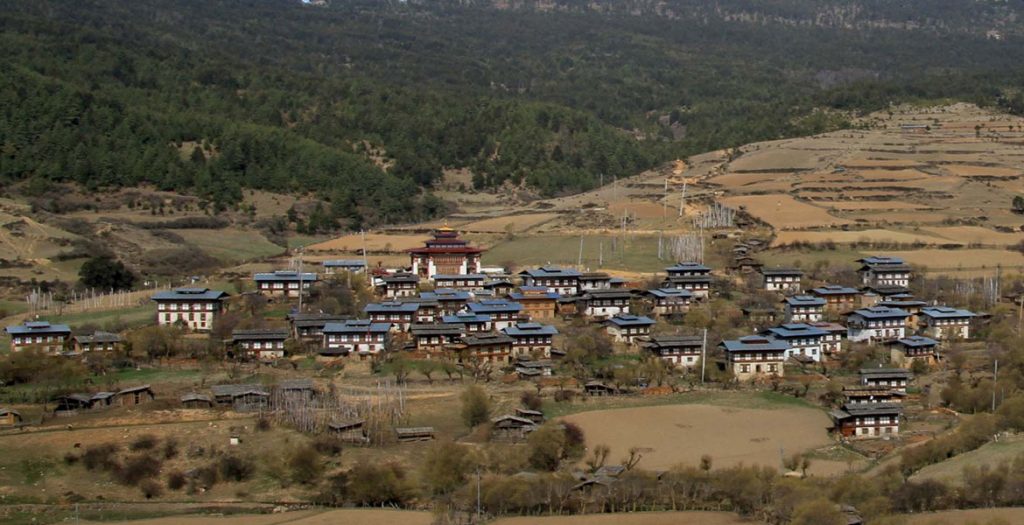 ( Ura Valley is the most visited sightseeing place in bhutan and mostly tourists must visit here )
( Ura Valley is the most visited sightseeing place in bhutan and mostly tourists must visit here )
Ura Valley Sightseeing
Ura Valley is a hidden gem located in the Bumthang District, known for its pristine natural beauty and traditional Bhutanese culture. The valley is situated at an elevation of about 3,200 meters and is surrounded by towering mountains, lush forests, and peaceful meadows. Ura Valley is considered one of the most picturesque valleys in Bhutan, offering visitors a chance to experience rural life in its most authentic form.
The valley is home to the Ura Temple, which dates back to the 17th century and is one of the oldest temples in Bhutan. The temple is a sacred site for locals, and visitors can often see pilgrims offering prayers and making offerings at the temple. Ura Valley is also famous for its traditional Bhutanese farmhouses, which are built using wood and stone and have the characteristic sloping roofs. Visitors can take a walk through the village and interact with the friendly locals, who are known for their hospitality and warmth.
Categories

Request a call back
Our experts would love to create a package just for you!







